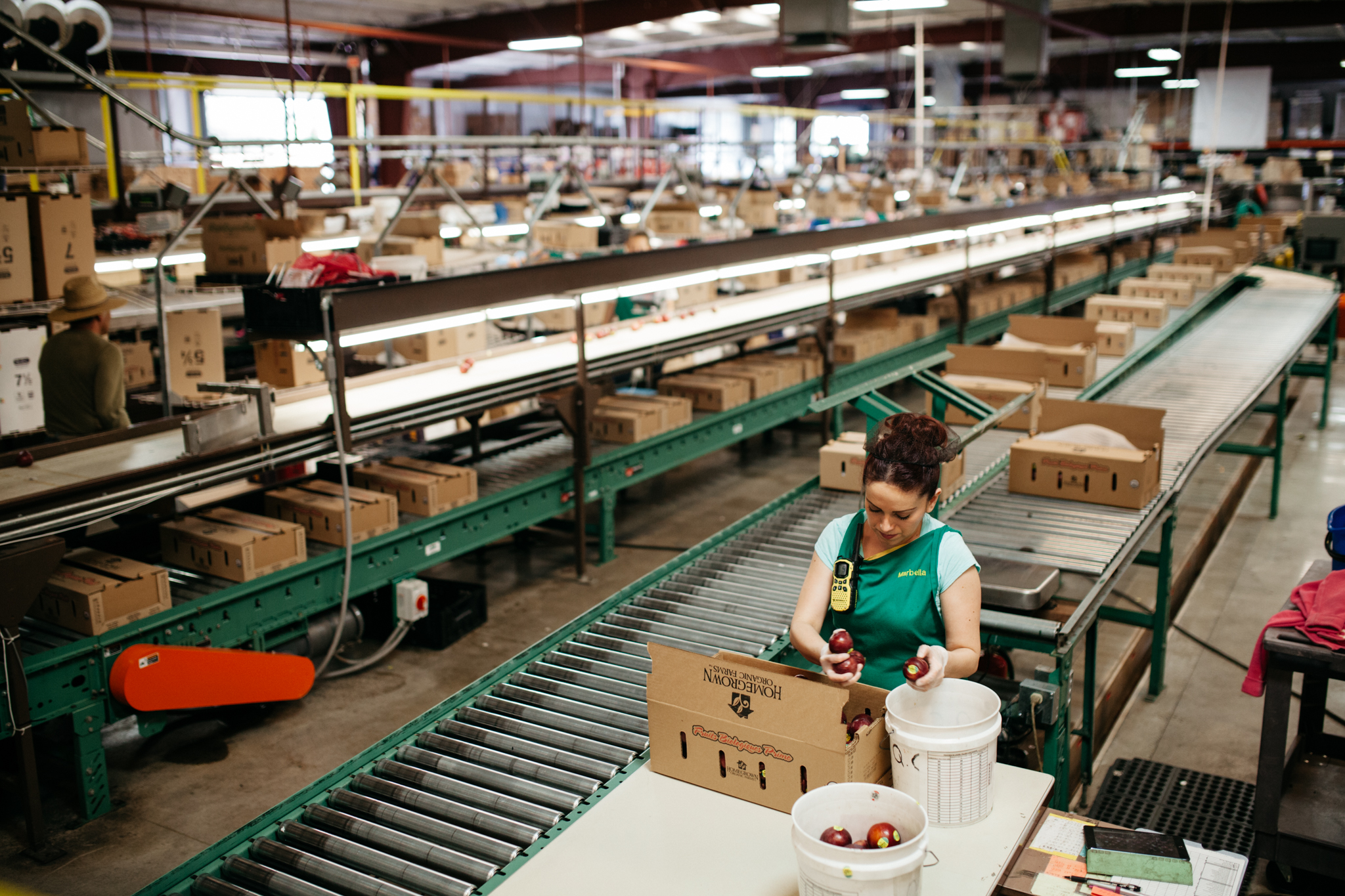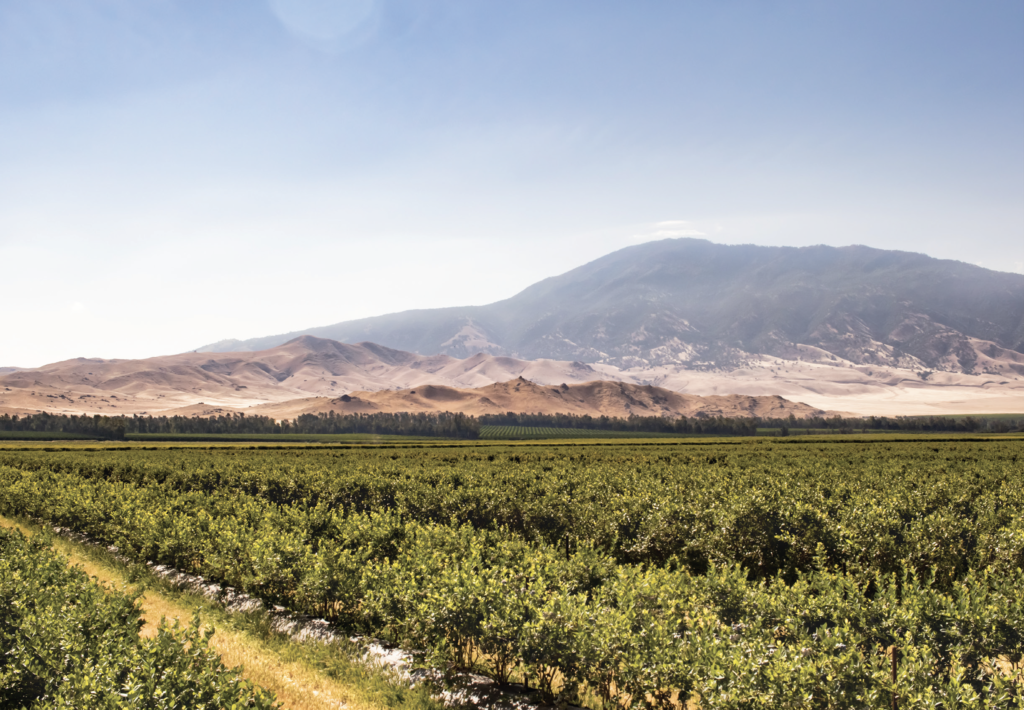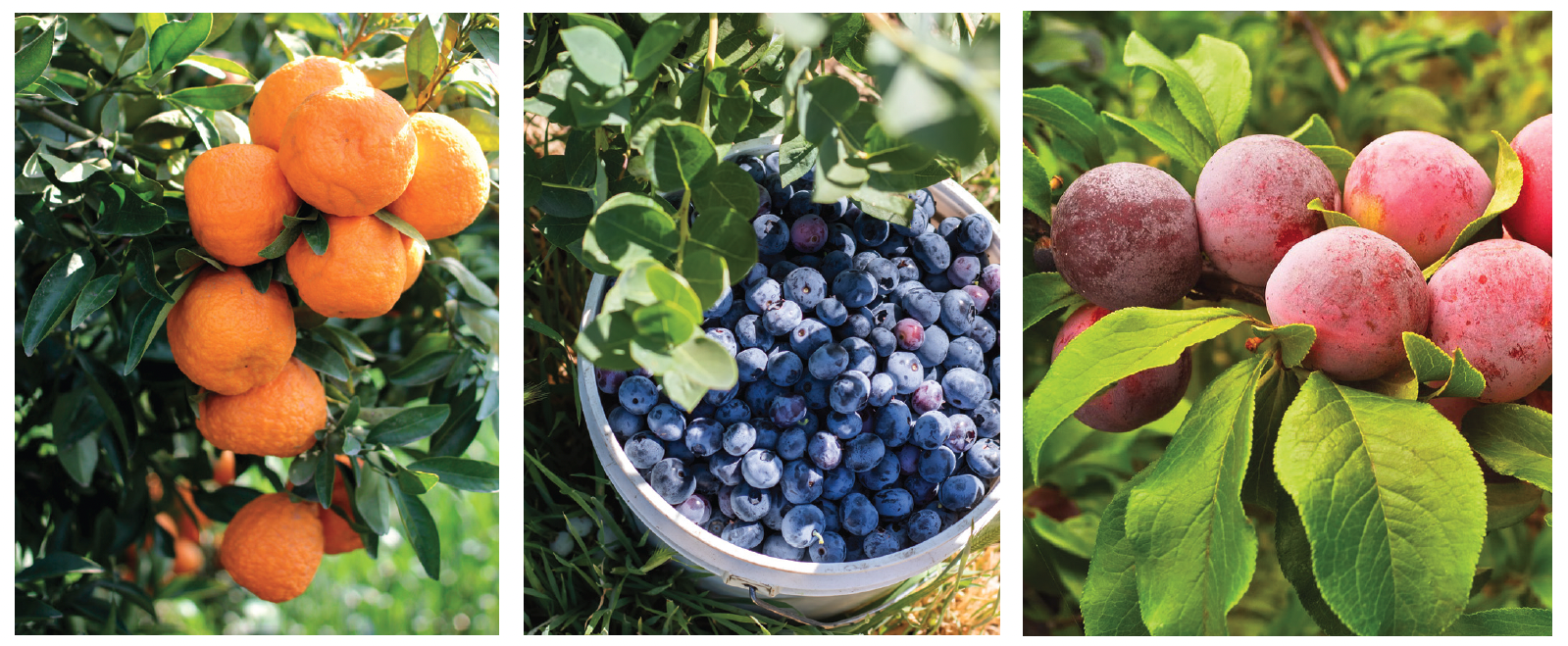
Oct 21, 2021
Why pros say the state of our organic produce industry is strong
Organic produce demand is hot. Boosted by COVID-19 related demand, the sales base for organics through new products and supply is growing as the category flourishes.
Growers and purveyors of organically grown fruit and vegetables report experiencing powerful demand, and they don’t foresee any end in sight for the trend of larger consumer purchases of organic produce.

“Organic produce is strong and continues to be strong,” said Steve Lutz, senior vice president, insights and innovation for Category Partners LLC, an Idaho Falls, Idaho, category management and development insight firm focusing on the fresh foods industry. “The numbers indicate consumer purchases of organic produce at retail continue to grow. They continue to grow at a rate that is faster than conventional.”
In the second quarter of 2021, organic produce accounted for 12.2% of total produce dollar sales and 6.7% of produce volume, according to data from the Organic Produce Network and Category Partners, powered by NielsenIQ Total US Scan. A decade ago, organic’s percentage was less than half of those numbers, reported Lutz.
Though on a smaller scale than conventional produce, in terms of percentages, organic produce sales movement is two to three times the growth of conventional produce.
“If you look at the percentage of dollars versus the percentage of volume, that dollar share has doubled the volume share,” said Lutz. “That right off the bat tells you the organic volume is bringing in twice the dollars as its volume represents. Organic continues to be a real dollar driver for retailers.”
In 2020, U.S. organic fruit and vegetable sales were $20 billion, 12% higher than the previous year and 42% higher than 2015, according to the Organic Trade Association (OTA), based in Washington, D.C.
Supply and demand

“The overall organic production, whether it be leaf lettuce or any kind of fruit or vegetable, is on a growth pattern,” observed John Harley, vice president of sales and marketing for Anthony Vineyards Inc., of Bakersfield, California. “We are doing a lot of conversion into organics. Organics is a growing category every year, it seems. We continue to see that growth year over year.”
The organic industry expects consumer demand to remain high.
“Organic fruits and vegetable sales have increased by more than 128% in the last 10 years,” said Angela Jagiello, OTA’s director of education and insights. “The category has grown at an average rate of about 10% each year.”
Pandemic-related purchasing helped spur demand for organic produce.
“Last year’s (2020) organic produce purchases were off the charts, particularly in March and April when people were loading their refrigerators and pantries and settling in for fewer grocery trips and more home-cooked meals,” said Jagiello.
Initially during the pandemic, storage crops such as potatoes, apples, carrots and citrus experienced high demand. As the months stretched out, however, “cooking fatigue” replaced some consumer anxiety and survival impulses, causing shoppers to embrace a deeper assortment of produce.
“While this year’s sales won’t mirror the runaway numbers of spring 2020, we do see that the sales base for organic has grown, and that figures are trending upward,” said Jagiello. Those increases won’t likely be 60% or 70%, but closer to the 10%-15% range, she noted.
Growers and marketers possess a positive outlook.

“The state of the industry is it is healthy and it is growing,” said Scott Mabs, chief executive officer of Homegrown Organic Farms, a Porterville, California, grower and shipper of 100% certified organic citrus, tree fruit, blueberries and grapes. “I think organics will continue to gain in market share because of people wanting to eat healthy and wanting to do the things that are good for the future of our land and the environment. That’s not changing and will never go backwards.”
Marketers point to several reasons why organic produce demand is moving. One factor is consumers continue to discover organic options in the conventional grocery stores they shop. Another component is the declining prices of organic produce encourages shoppers to place organics in their shopping carts. Mix in increased availability of product from growers, as well as more sales through additional distribution and purchasing options, and it produces a powerful growth curve.
Vertical hothouse producers of new specialty leaf and lettuce products, including niche lettuce blends, are fueling growth in packaged salads and lettuces. The additional supply, fortified by the removal of restrictions that prevented hothouse growers from marketing their products as organic, opens a huge introduction of products to the market, said Lutz.
“The supply chain in one of the largest segments of organic dollars has the potential to be a game-changer just in terms of product availability,” he said.
Up until 2021, packaged salads were the largest organic produce category in terms of dollar sales. Organic berries, primarily organic strawberries, experienced a blowout quarter and overtook organic salads. In the second quarter, berries saw the highest dollar growth of any organic category. Apples, herbs and spices, carrots, lettuce, bananas, citrus, tomatoes and potatoes are witnessing large increases in sales and round out the rest of the Top 10 biggest selling organic produce commodities, according to NielsenIQ.
Challenges to face

“Organic production and organic premiums continue to be strong, which creates incentives for growers to produce them,” said Lutz. The challenges pressing growers of organic crops are similar to those afflicting the rest of agriculture. Inflation, rising costs and tight labor availability are among the most pressing issues.
“The reality is we are all facing inflationary costs that are going up across the board for the growers,” said Mabs.
The cost of pallets, for example, tripled during the first half of 2021.
“Being able to find appropriate labor has been a real challenge,” noted Mabs. The subsidizing of workers through the COVID payments requires significant changes, he said. “Otherwise, we won’t get any labor back. We will lose acreage as an industry because it just won’t make sense anymore.”
Another challenge is organic production adjacent to fields of conventional crops.
“Sometimes you have issues with drifts,” observed Harley. “That makes it difficult for everyone, whether you or another grower are trying to grow organically against a conventional grower.”
Finding the right varieties, ones that grow well organically and aren’t susceptible to diseases and pests, is another challenge.
“The difficult part is finding the varieties that best connect with organic production, what you are capable of growing as organic,” he said.
Making the sell
The industry must do better in promoting the benefits of organic produce.
“The organic industry can and should speak with a consistent voice about the attributes shoppers have told us they care about,” advised OTA’s Jagiello. For example, brands should be comfortable simply stating the facts about what it takes to be organic. “They should emphasize the strength of the standards so that shoppers can trust that organic is what it says,” she said.
Additionally, today’s shoppers want to know that organic agricultural practices can help to mitigate climate change.
To better influence consumers, Mabs said organic growers need to do more than merely market their crops as organic.
“I don’t think just the term ‘organic’ in the future will always be a foundation,” he said. “Yeah, it’s organic, but what else? Give me a little more meat and understanding as to what that means. We have to continue to do a really good job of educating people on the depth of organics. It’s not just about not putting a conventional pesticide on there, it’s about soil health. It’s about how we make long-term sustainable growing operations. It’s about telling the whole story.”
Organic shoppers don’t always align with the overall U.S. population. Those shoppers tend to skew younger than the general population, said Jagiello. Forty-five percent of organic shoppers are under 40 years of age compared to 36% of the overall population. Organic shoppers’ household incomes are, on average, 8% higher than the majority of shoppers. The organic industry should benefit from consumers’ growing acceptance of organics.
“Consumers continue to tell us they continue to be inclined to buy organics,” said Lutz. “For a majority of consumers, it’s their belief that organics are better. Better for the land, better with fewer pesticides and better for their kids. As availability increases and prices gradually come down, more and more consumers will adopt organics.”
The outlook for organics is bright, Mabs said. “Younger generations are becoming the purchasers now,” he observed. “As they’ve grown up with organics, they understand what it is. I see those generations becoming the main consumers. Those individuals aren’t just going to start going back to purchasing conventional. Organics will continue to grow.”
Up to 60% of Anthony Vineyards’ production of grapes, dates and citrus is farmed organically. That’s an increase from more than a dozen years ago when the fourth-generation family-owned grower and shipper first entered organics.
“We see a lot of potential in the future of organics,” predicted Harley. “This trend will continue and really maintain itself going forward. Organics will become more mainstream going forward. The millennials are a lot wiser on what they want to consume versus the baby boomers. Organics isn’t diminishing in any way. It seems to be growing every year.”






